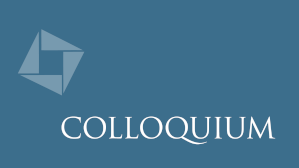
What is the most singular possible singularity? What can we say about its geometric and algebraic properties? This seemingly naive question has a sensible answer in characteristic p. The "F-pure threshold," which is an analog of the log canonical threshold, can be used to "measure" how bad a singularity is. The F-pure threshold is a numerical invariant of a point on (say) a hypersurface---a positive rational number that is 1 at any smooth point (or more generally, any F-pure point) but less than one in general, with "more singular" points having smaller F-pure thresholds. We explain a recently proved lower bound on the F-pure threshold in terms of the multiplicity of the singularity. We also show that there is a nice class of hypersurfaces---which we call "Extremal hypersurfaces"---for which this bound is achieved. These have very nice (extreme!) geometric properties. For example, the affine cone over a non Frobenius split cubic surface of characteristic two is one example of an "extremal singularity". Geometrically, these are the only cubic surfaces with the property that *every* triple of coplanar lines on the surface meets in a single point (rather than a "triangle" as expected)---a very extreme property indeed.
This colloquium is part of the Distinguished Lecture Series (DLS) organized by The (Indian) Mathematics Consortium (TMC), and co-hosted by IIT-B and ICTS-TIFR. For more information about this lecture series, and to register, please visit the homepage of the TMC DLS.

